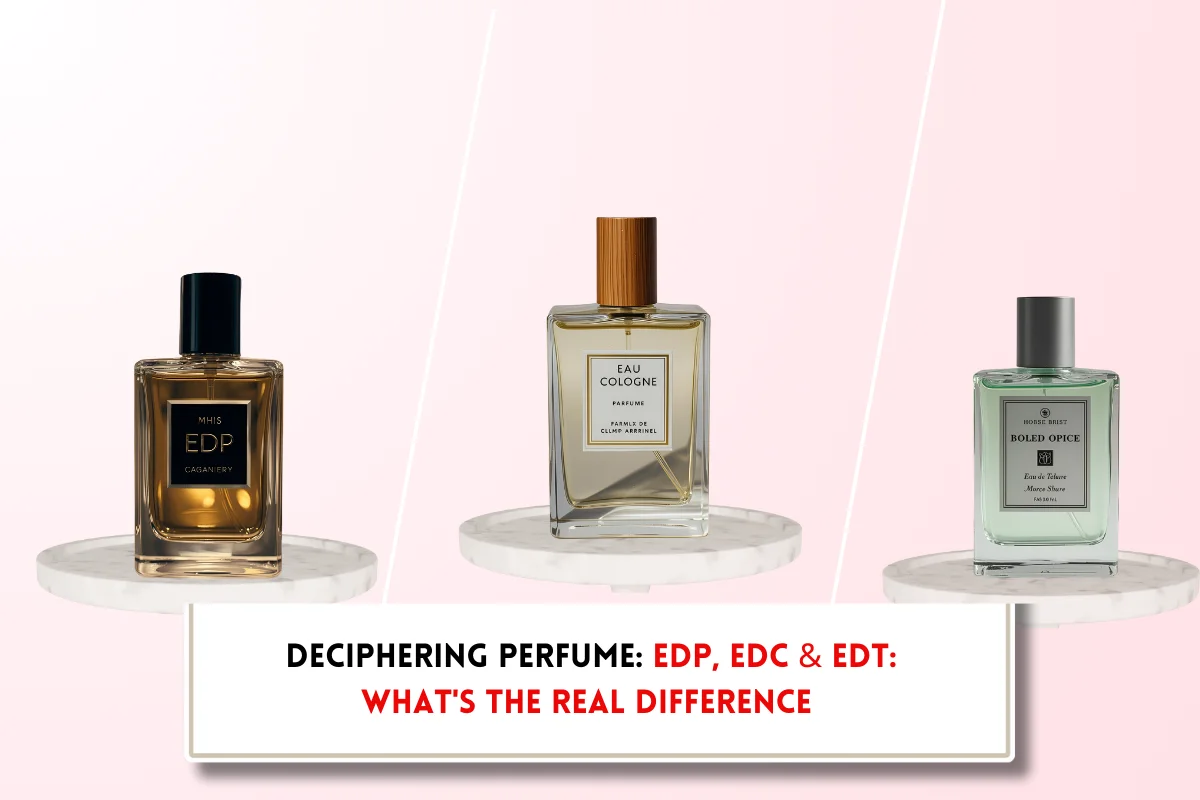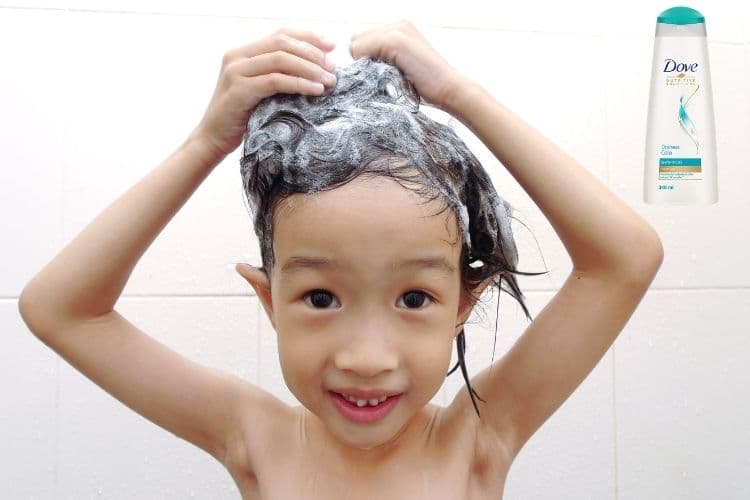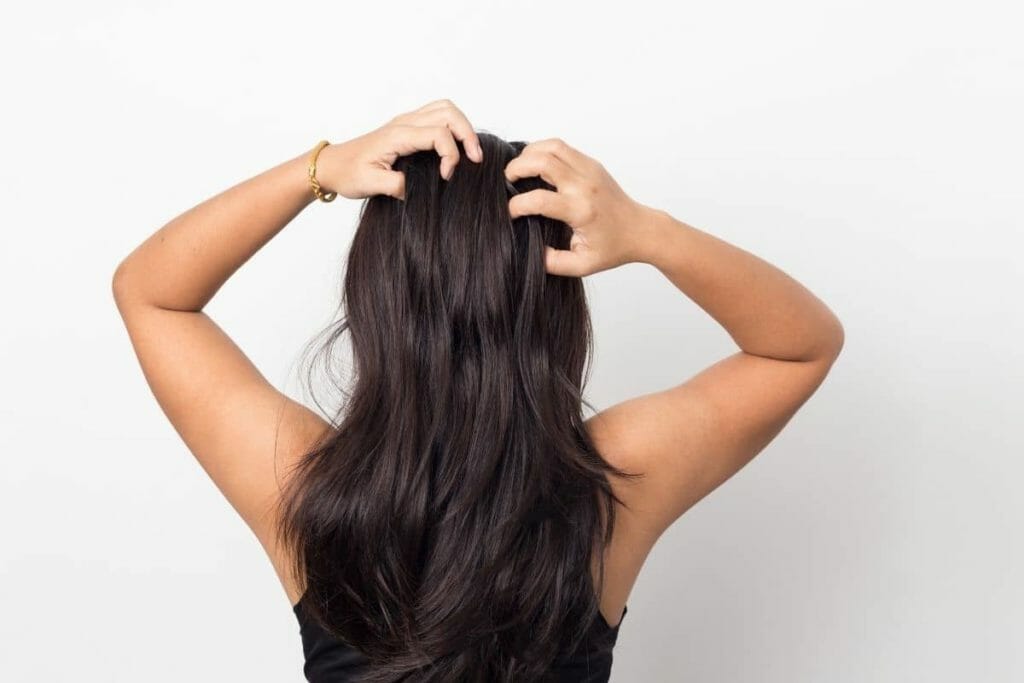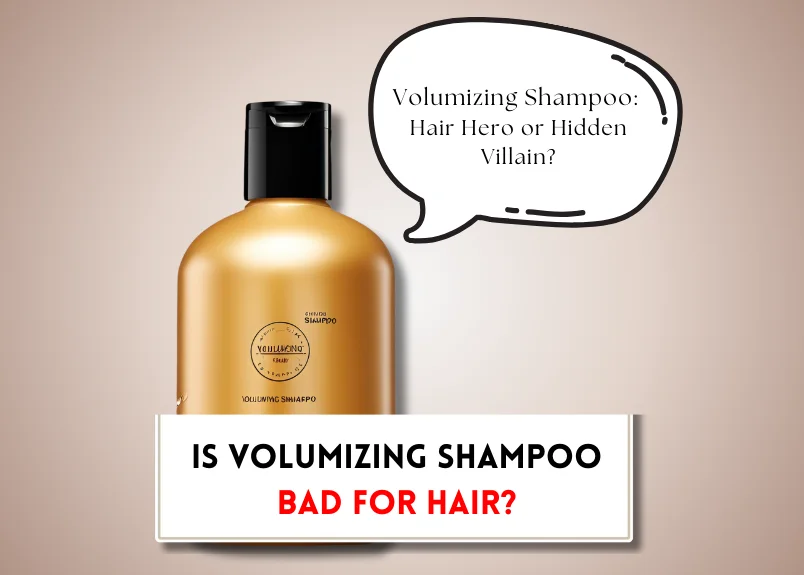What is base breaking in hair color?
At BeautyCaters, our expert team independently curates every recommended product. Purchases through our links may earn us a commission. Explore our transparent selection process.
Ever wondered why your hair color sometimes looks a bit off? It might be due to base breaking. This hair coloring phenomenon can affect the final result, especially when going lighter. But, what is base breaking in hair color? Come let’s know about it in detail and learn how it can impact your hair color journey.

What is a base breaking?
Breaking the base, also known as a base break, is a technique used to soften the demarcation between highlighted hair and darker roots. In other words, it is a technique used in hair coloring to blend the hair that hasn’t been highlighted between foils.
The process involves applying a color to the un-highlighted roots for a brief period, helping to blend the transition and create a more natural-looking result. It lightens the natural roots by 1 to 1 ½ levels to diffuse darker roots and eliminate any noticeable line of demarcation in your hair color. This method is used before, during, after, or even between highlighting sessions.
How does base breaking work?
Here are the three steps of how does base breaking work:
- A color is applied to the roots for a few minutes to gently lighten them and blend them with the highlighted sections.
- The color is applied for a short duration to avoid altering the natural color or exposing excessive underlying warmth.
- This technique allows the hair to rest from frequent lightening, reducing the risk of damage and breakage.
Also Read: How to fill hair before coloring?
What are the benefits of base breaking?
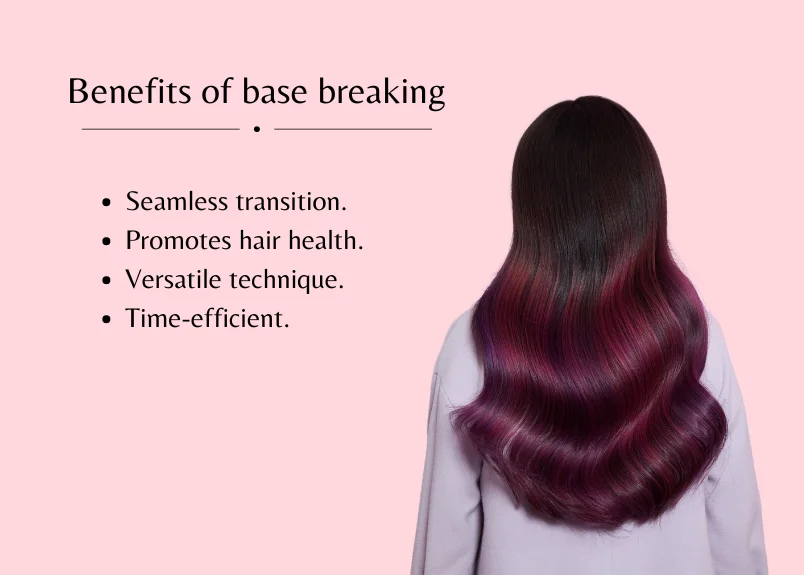
Base breaking offers several significant benefits for achieving a visually appealing and healthier hair color:
- Seamless transition: Creates a natural blend between highlighted hair and roots, eliminating harsh lines and demarcation. This results in a more cohesive and polished look.
- Promotes hair health: By reducing the need for overlapping lightener, base breaking minimizes the risk of damage and breakage. This is particularly beneficial for those with previously damaged or weakened hair.
- Versatile technique: Base breaking can be incorporated into various hair services, such as highlights, haircuts, and blowouts. This flexibility makes it a convenient option for clients with busy schedules.
- Time-efficient: A quick and convenient technique that can be completed in a short amount of time. This is ideal for clients who seek a quick touch-up or a fresh look without a lengthy appointment.
How to formulate base break color?: A step-by-step guide
- Choose the right color:
- Lift level: Select a permanent lift color 1 to 1.5 levels lighter than the client’s natural level.
- Developer: Use 20-volume developer. For resistant hair, 30-volume can be considered, but use a stronger tonal base like Ash/Ash to compensate for the increased lift.
- Timing and tone:
- Short processing time: Due to the brief processing time (typically less than 10 minutes), it’s recommended to use Ash, Ash/Ash, or Ash/Violet tones to minimize the exposure of warmth.
- Consider underlying pigment: Determine the underlying pigment at the target level to select the appropriate tone for the color formula.
Example: or a client with a natural Level 6, mix up a Level 7 Ash/Ash color. This combination helps to counterbalance the light orange underlying pigment at Level 7 and achieve a more balanced result.
How to use base breaking formula?
To create a seamless transition between highlighted and un-highlighted hair here is how to apply to base breaking color:
- Timing: Apply the hair color to the roots immediately after highlighting. This ensures a seamless transition between the highlighted and unhighlighted areas.
- Even application: Use a fine-toothed comb to distribute the color evenly, avoiding splotchy results. Pay particular attention to the hairline, partings, and the two front quadrants, as these areas often require more attention.
- Duration: Leave the color on for a few minutes, typically around 5-10 minutes. This allows for a subtle softening effect without significantly altering the natural color or exposing excessive underlying warmth.
- Monitor development: Periodically check the color development to ensure you achieve the desired level of lightening. Avoid over-processing, as this can lead to damage and uneven results.
- Focus on key areas: Concentrate the base break formula on the hairline, partings, or the two front quadrants. These areas often require more attention to soften the new growth and create a seamless blend.
- Avoid over-processing: Do not apply the color to areas that are sufficiently lightened. Over-processing can lead to damage and uneven results.
When should I get a base break?
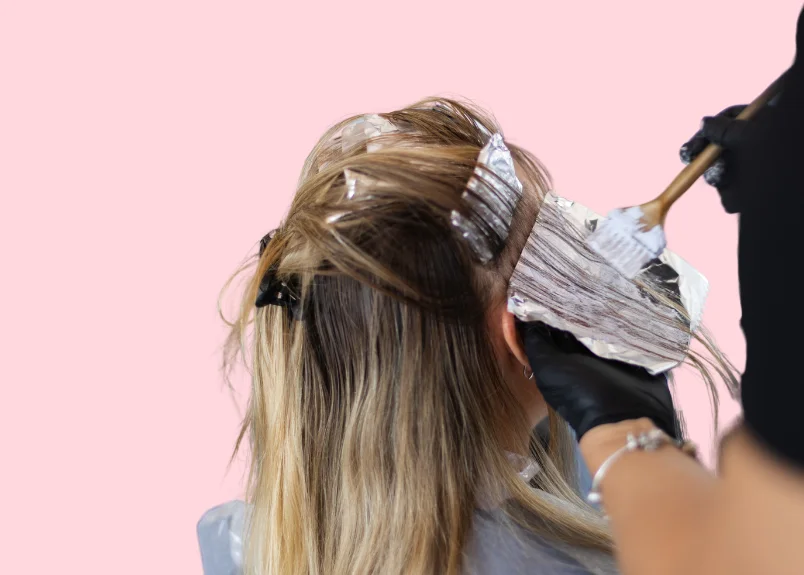
Base breaking is particularly beneficial for those with medium-dark hair who frequently highlight their hair. The technique helps to soften the new growth between highlighted sections, creating a more seamless transition and extending the life of your highlights.
- After highlights: Consider a base break immediately after your initial highlighting session to address the unhighlighted areas between the foils.
- Touch-ups: For touch-ups, plan a base break appointment 3-4 weeks after your roots become visible. This will help to soften the new growth and extend the duration of your highlights for another 3-4 weeks.
FAQs about base breaking in hair color
How long does base breaking take?
A typical base break service takes around 12-15 minutes. Application time is usually 2-5 minutes, followed by a processing time of 10 minutes. Avoid prolonged processing to prevent excessive exposure of underlying pigments.
How is a base break applied after highlights?
A base break is applied to damp hair after highlights have been processed and rinsed. It’s typically focused on the root area and processed for 5-15 minutes, depending on hair texture.
Does base breaking damage hair?
No. When performed correctly with a low-volume developer and applied only to the roots, base breaking generally doesn’t damage hair. Avoid using higher-volume developers or applying the formula to the ends of the hair, as this can increase the risk of damage.
Is a base break permanent?
Yes, a base break is a permanent hair color service. It typically involves an oxidative tint with 10 or 20 volume peroxide.
Final Word: What is base breaking in hair color?
So, what exactly is base breaking? It’s basically the process of lightening your hair to achieve a brighter shade. It’s like giving your hair a makeover, but for real! Just remember, it’s a bit of a science, so it’s best to leave it to the professionals to avoid any hair disasters.


